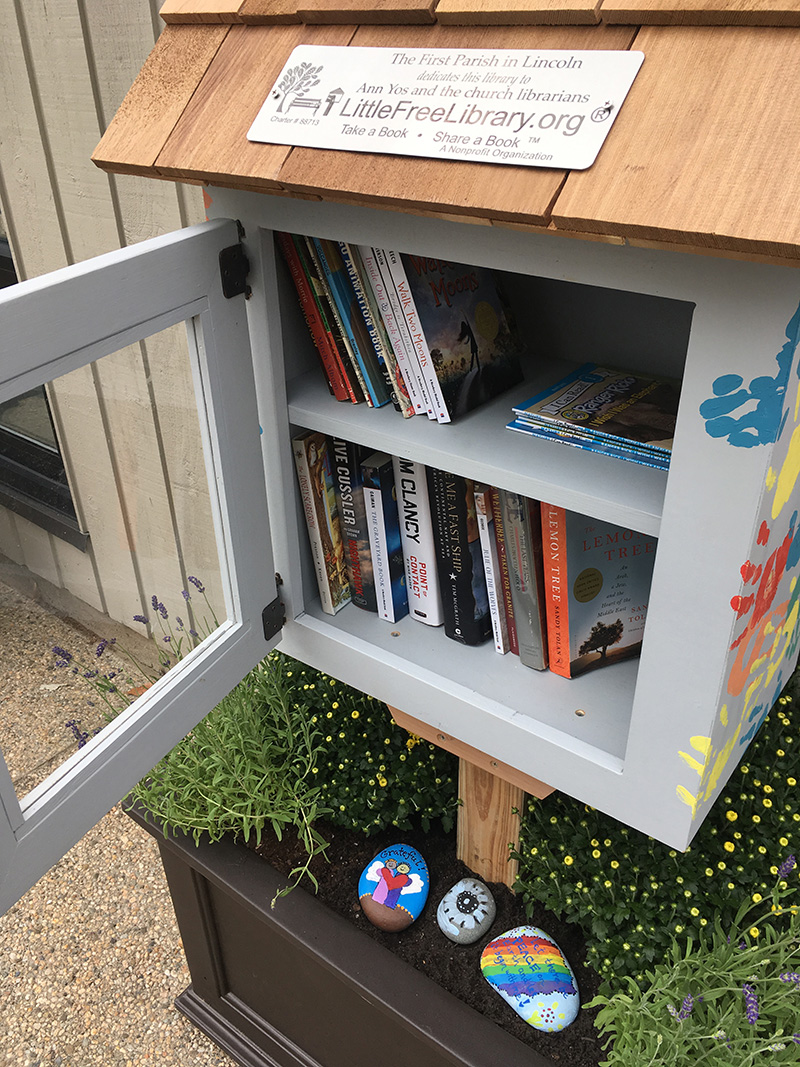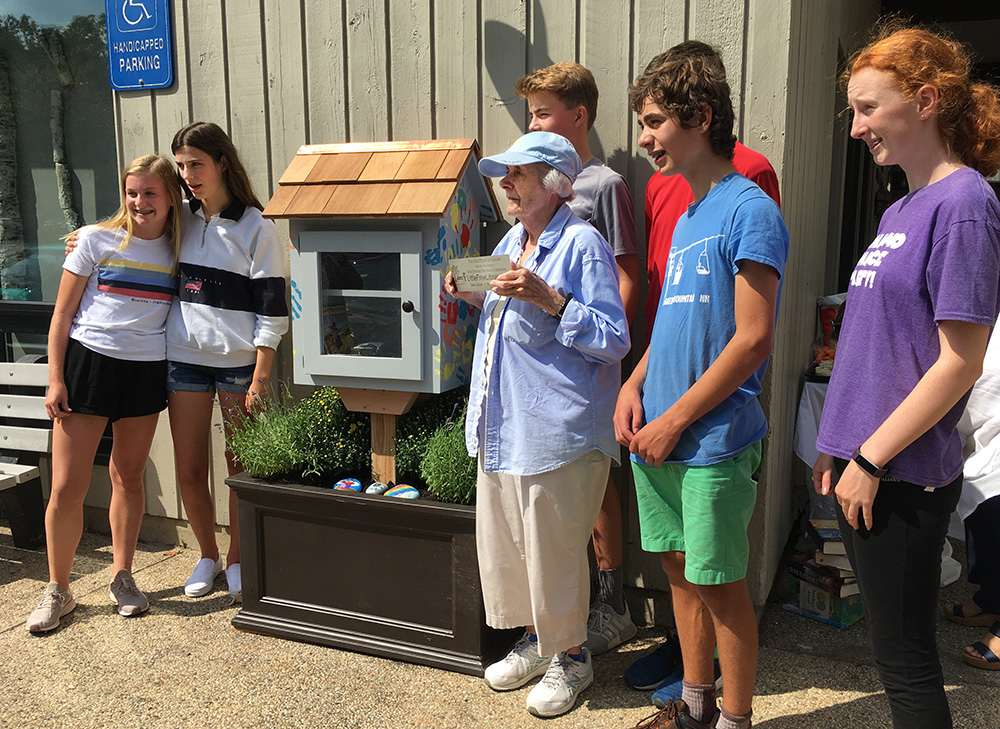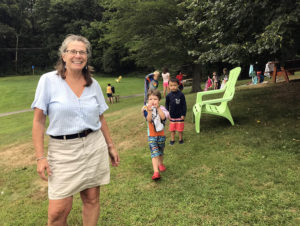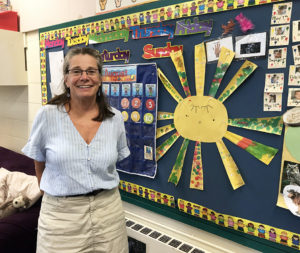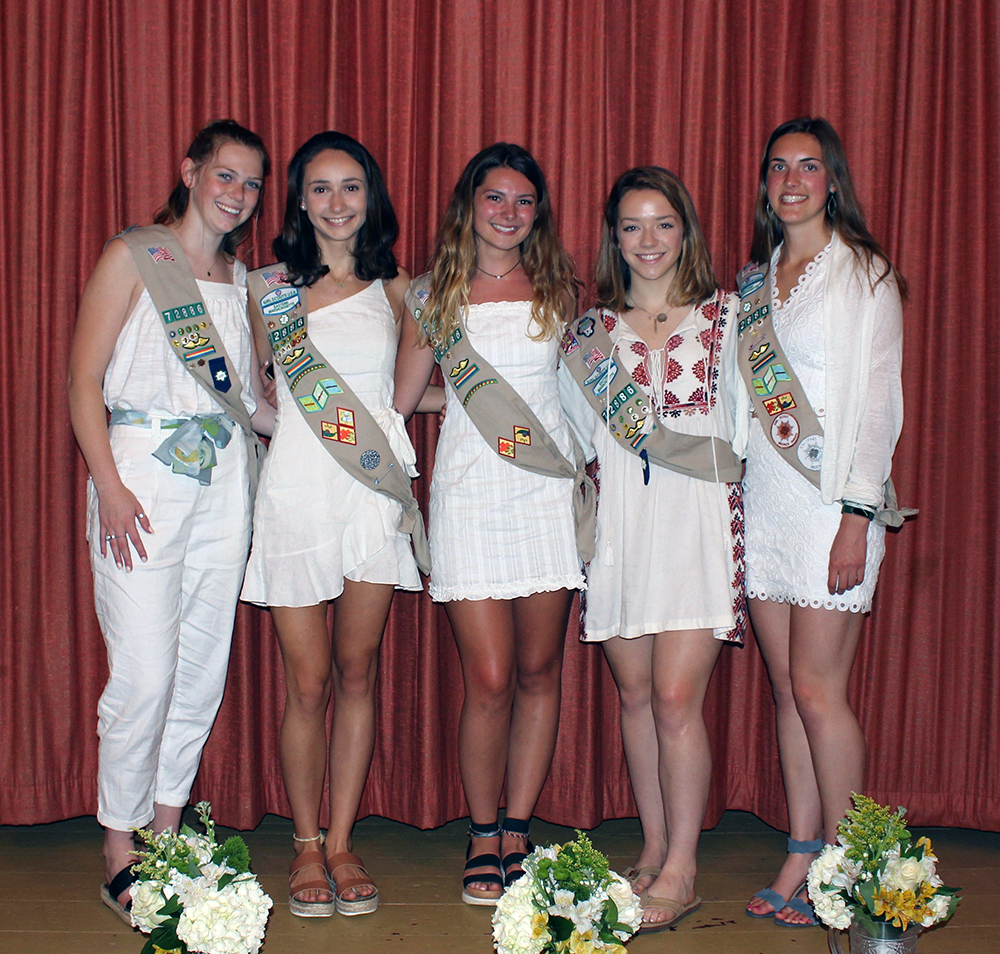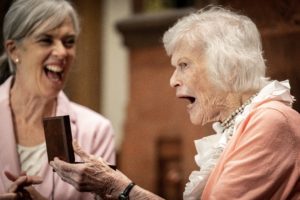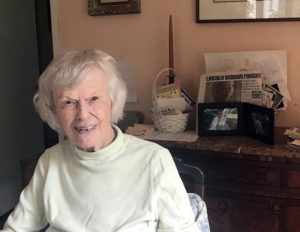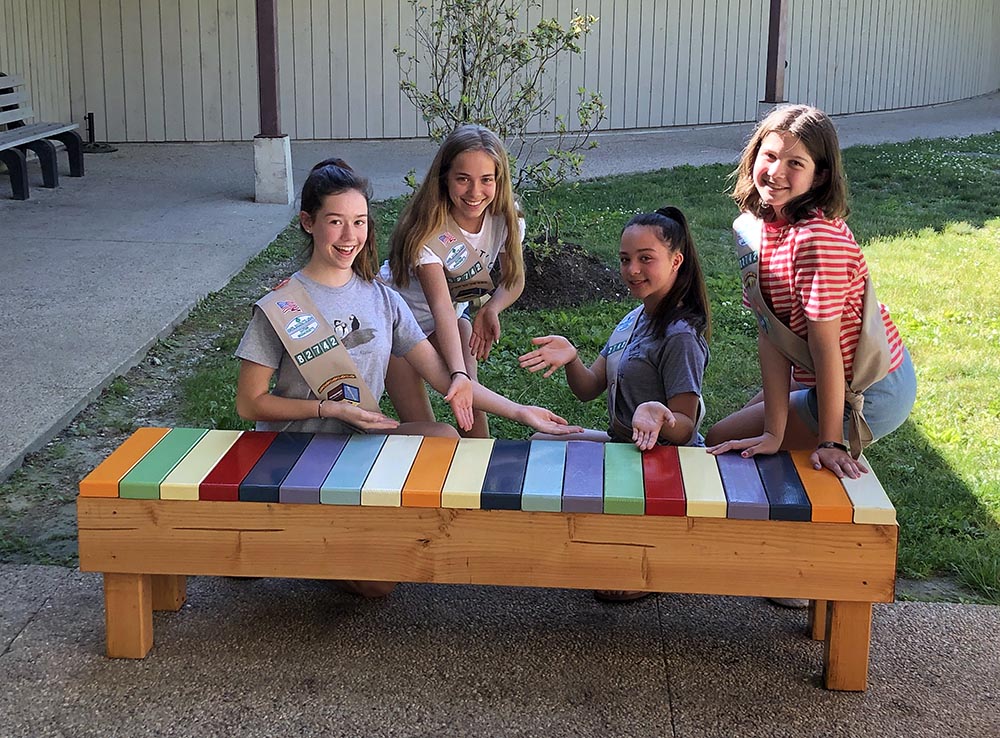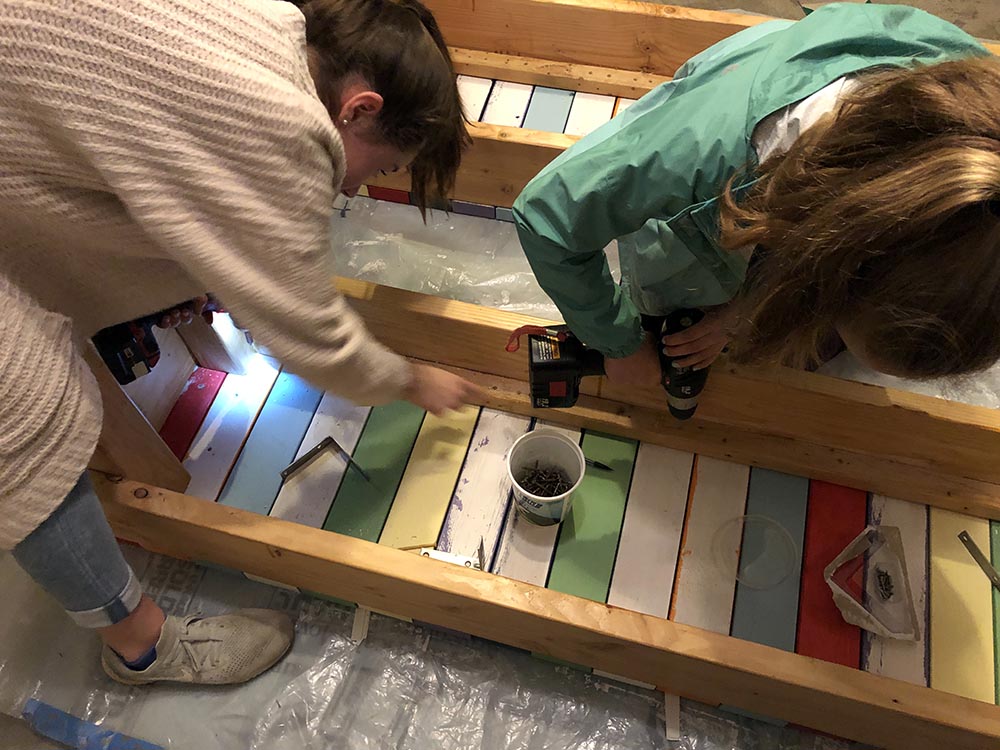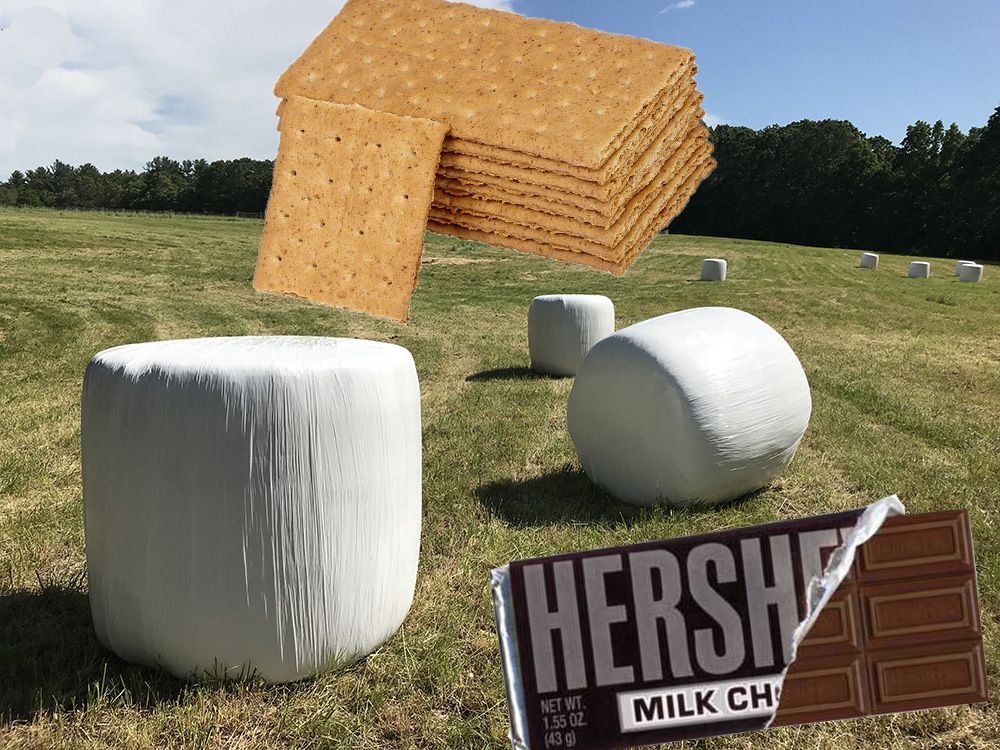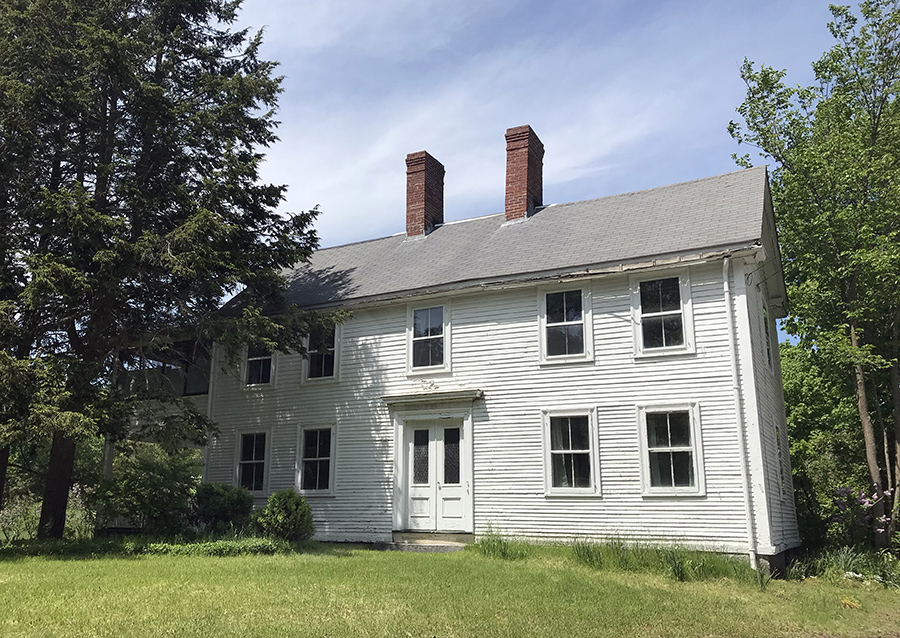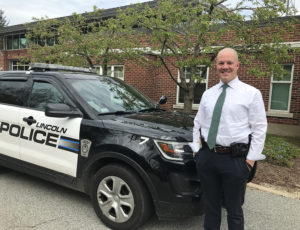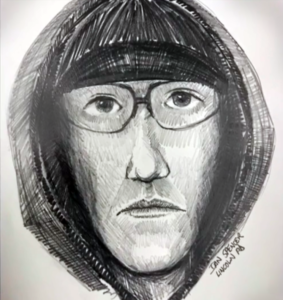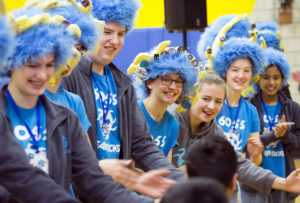
Left to right: GearTicks Audrey Gammack, Ben Morris, Erin Crisafi, Laura Appleby, Amelia Pillar, and Prerna Karmacharya at LEGOPalooza (click to enlarge).
By Olivia Crisafi
On November 23, 12 teams of Lincoln School students wrapped up their FIRST Lego League Jr. (FLL Jr.) season at Lincoln’s Reed Field House for the second Annual Lincoln Legopalooza. The event, organized by the Lincoln GearTicks, was created last year to showcase and celebrate the months of hard work each team had put into their Lego models and programs.
The GearTicks are a local FIRST Tech Challenge team comprised of middle and high school students who take pride in spreading their engineering knowledge with students in the local community. Kevin Ji, who attended and helped organize the LEGOpalooza both years, said he enjoyed seeing the kids he mentored using their creativity to solve engineering problems.
FLL Jr., a hands-on STEM (science, technology, engineering, and math) enrichment program by the robotics organization FIRST, was first introduced to Lincoln’s existing program last year. The GearTicks thought that even earlier exposure to STEM activities would benefit Lincoln’s youth, and parents were thrilled with the prospect of signing FLL students’ younger siblings up for FLL Jr.
Over the course of two months, teams of six K-3 students worked to solve the annual challenge put out by FIRST. This year, the challenge, “Boomtown Build,” encouraged the young engineers to use their love of LEGO to imagine, design, and create a healthy and happy community.
The teams ran with this mission and thought of fun and creative solutions to real-world problems. The Lincoln Elephants were excited to share their mall equipped with a chocolate store, and a Japanese restaurant that featured an industrial-inspired lifting car garage. The Golden Dragons utilized the motor in the We-Do kit to create a moving drawbridge for their castle.
Along with parent coaches and GearTick mentors, teams from Lincoln and Sudbury met after school and on the weekends to build and program Lego models. They then worked to create a “Show Me” poster documenting their process.
To foster a fun environment, the GearTicks led a free build table, a medal decoration table, and a robot pit as well as gave each team a thematic trophy. “I was thrilled to see how far the students had come with their intricate programs and carefully designed models,” GearTick team member Audrey Gammack said.
“FLL Jr. is a great start to the progression of FIRST programs that leads to FLL and FTC for older students,” GearTicks coach Anne Hutchinson said.

